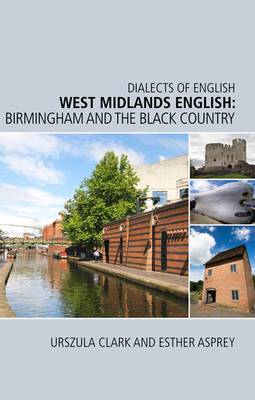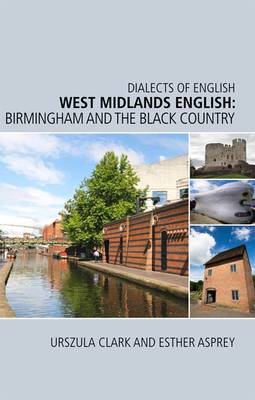
- Retrait gratuit dans votre magasin Club
- 7.000.000 titres dans notre catalogue
- Payer en toute sécurité
- Toujours un magasin près de chez vous
- Retrait gratuit dans votre magasin Club
- 7.000.0000 titres dans notre catalogue
- Payer en toute sécurité
- Toujours un magasin près de chez vous
140,95 €
+ 281 points
Description
This volume focuses on the closely allied yet differing linguistic varieties of Birmingham and its immediate neighbour to the west, the industrial heartland of the Black Country. Both of these areas rose to economic prominence and success during the Industrial Revolution, and both have suffered economically and socially as a result of post-war industrial decline. The industrial heritage of both areas has meant that tight knit and socially homogeneous individual areas in each region have demonstrated in many respects little linguistic change over time, and have continued to exhibit linguistic features, especially morphological constructions, peculiar to these areas or now restricted to these areas. At the same time, immigration from other areas of the British Isles over time, from Commonwealth countries and later from EU member states, together with increased social mobility, have meant that newly developing structures and more widespread UK linguistic phenomena have spread into these varieties. This volume provides a clear description of the structure of the linguistic varieties spoken in the two areas. Following the structure of the Dialects of English volumes, it provides: *A comprehensive overview of the phonological, grammatical and lexical structure of both varieties, as well as similarities between the two varieties and distinguishing features.*Thorough discussion of the historical and social factors behind the development of the varieties and the stigma attached to these varieties. *Discussion of the unusual situation of the Black Country as an area undefined in geographical and administrative terms, existing only in the imagination. *Examples of the variety from native speakers of differing ethnicities, ages and genders.*An annotated bibliography for further consultation.
Spécifications
Parties prenantes
- Auteur(s) :
- Editeur:
Contenu
- Nombre de pages :
- 192
- Langue:
- Anglais
- Collection :
Caractéristiques
- EAN:
- 9780748641697
- Date de parution :
- 27-06-13
- Format:
- Livre relié
- Format numérique:
- Genaaid
- Dimensions :
- 145 mm x 218 mm
- Poids :
- 417 g

Les avis
Nous publions uniquement les avis qui respectent les conditions requises. Consultez nos conditions pour les avis.






